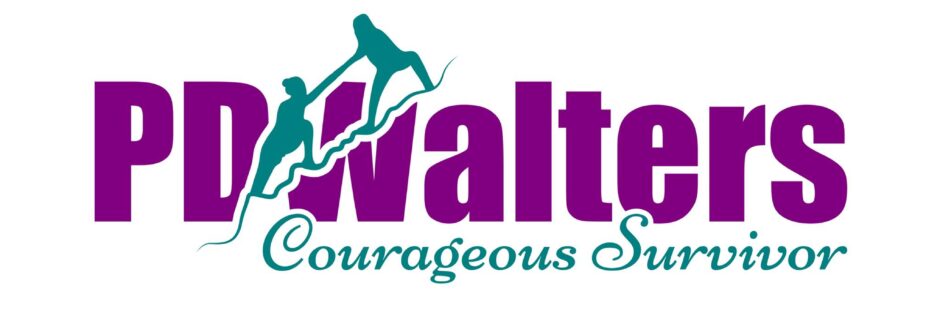Reconnecting with Myself: Understanding the Balance Between Connection and Authenticity
Welcome to The Courageous Survivor! Today, I want to talk about something that has been pivotal in my journey of healing: the delicate balance between our need for connection and the importance of staying true to ourselves. These are two fundamental aspects of our human experience, deeply rooted in our survival instincts. But what happens when these two forces are at odds?
From a young age, like many others, I was wired to seek connection above all else. Growing up in a home filled with trauma, addiction, and violence, my survival often depended on fitting in and making others happy—even at the cost of my own identity. This early conditioning set the stage for many of the decisions I made throughout my life, decisions that I now realize were often more about survival than about being true to who I really am.
We are all wired for connection. Whether through friendships, romantic relationships, or spiritual beliefs, the need to belong is a powerful driving force. But when this need for connection overshadows our ability to be authentic, it can lead to a disconnect from our true selves. For me, this disconnection manifested in a profound way. I was constantly trying to please others, bending and shaping myself into what I thought they wanted me to be, rather than who I actually was.
Growing up, I was subjected to a lot of negativity, particularly around my appearance and worth. My father would call me names and belittle women, creating an environment where I learned that I had to be something other than myself to be loved. This led to a deep internal conflict between my need for connection and my desire to be true to myself. I began to suppress my true feelings and instincts, focusing instead on being what I thought others wanted me to be.
As a result, I lost touch with my true self. I became a people-pleaser, someone who was more concerned with making others happy than with my own well-being. This pattern continued into my adult life, influencing everything from my relationships to my career choices. I found myself constantly seeking approval, even in situations where it was harmful to me.
It wasn’t until much later in life that I began to realize how deeply these early experiences had impacted me. I started to see the patterns in my behavior, the ways in which I had been wired wrong from the very beginning. Understanding this has been a key part of my healing journey, allowing me to start the difficult process of rewiring my brain and changing the way I respond to the world around me.
One of the most challenging aspects of this process has been learning to prioritize my own needs. For so long, I believed that my worth was tied to how well I could please others. This belief was so deeply ingrained that it took a lot of work to start shifting my focus back to myself. I began to ask myself: Am I making decisions based on facts or feelings? Am I choosing to do something because it aligns with who I truly am, or because I think it will make someone else happy?
These questions have become a central part of my decision-making process. Whether it’s deciding whether to work overtime, how to spend my money, or who to vote for in an election, I now take the time to consider whether my choices reflect my true self or a need for external validation. This shift has been incredibly empowering, allowing me to reclaim my life and start living in a way that feels authentic to who I am.
One of the most surprising discoveries on this journey has been the role of connection in my life. For years, I believed that I didn’t need deep connections with others, that I could survive just fine on my own. But when I got my first dog, Emma, something changed. Holding her for the first time filled a void in me that I hadn’t even realized was there. I began to understand that connection isn’t just about pleasing others—it’s about being seen and accepted for who you really are.
This realization has had a profound impact on how I approach relationships, both with others and with myself. I’m learning to build connections that are based on mutual respect and authenticity, rather than a need to fit in or be liked. This has been a huge step in my healing process, helping me to feel more grounded and secure in who I am.
As I continue to work on rewiring my brain and reconnecting with my true self, I’m finding that it’s a lifelong process. There are still moments when I fall back into old patterns, when I find myself saying yes to things I don’t want to do or putting others’ needs before my own. But I’m learning to recognize these moments for what they are: opportunities to grow and continue the work of healing.
In a world that often prioritizes connection over authenticity, it can be difficult to stay true to yourself. But I believe that this is one of the most important things we can do. By understanding where our decisions are coming from—whether they’re rooted in a need to please others or in a desire to be true to ourselves—we can start to make choices that align with who we really are.
If you’re a survivor of trauma, I encourage you to take a moment to reflect on your own life. Are you making decisions that reflect your true self, or are you driven by a need for connection? Understanding this can be the first step in reclaiming your life and finding a sense of peace and fulfillment that comes from living authentically.
Thank you for joining me on this journey. Together, we can support each other in the work of healing and becoming our true, authentic selves.
